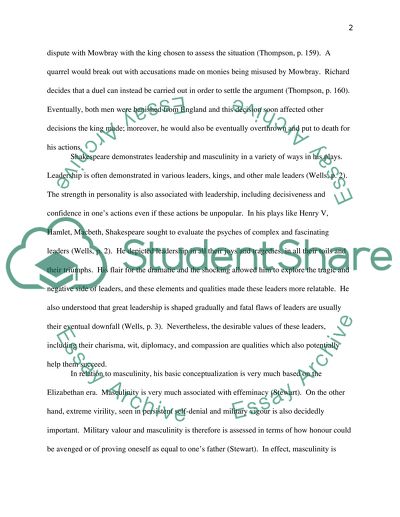Cite this document
(“Consider depictions of masculinity in 'King Lear' and 'Richard II' Essay”, n.d.)
Consider depictions of masculinity in 'King Lear' and 'Richard II' Essay. Retrieved from https://studentshare.org/literature/1466597-consider-depictions-of-masculinity-in-king-lear
Consider depictions of masculinity in 'King Lear' and 'Richard II' Essay. Retrieved from https://studentshare.org/literature/1466597-consider-depictions-of-masculinity-in-king-lear
(Consider Depictions of Masculinity in 'King Lear' And 'Richard II' Essay)
Consider Depictions of Masculinity in 'King Lear' And 'Richard II' Essay. https://studentshare.org/literature/1466597-consider-depictions-of-masculinity-in-king-lear.
Consider Depictions of Masculinity in 'King Lear' And 'Richard II' Essay. https://studentshare.org/literature/1466597-consider-depictions-of-masculinity-in-king-lear.
“Consider Depictions of Masculinity in 'King Lear' And 'Richard II' Essay”, n.d. https://studentshare.org/literature/1466597-consider-depictions-of-masculinity-in-king-lear.


